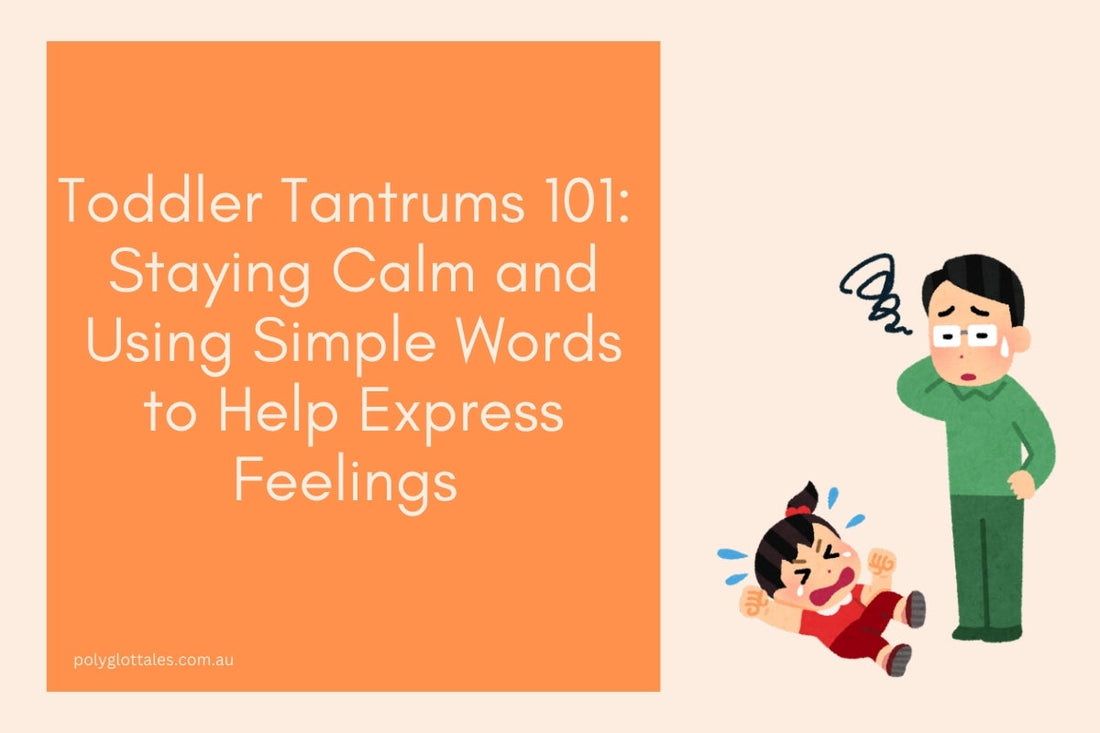If you’re a parent of a toddler, chances are you’ve been there: a sudden outburst at the supermarket, a meltdown over a missing toy, or a full-on scream session in the car. Toddler tantrums are a normal part of development, but they can be stressful—and sometimes exhausting—for parents. Understanding why tantrums happen and learning strategies to help your child express their feelings can make these moments more manageable.
Why Toddlers Have Tantrums
Toddlers are still learning to regulate their emotions. Their brains are rapidly developing, but they don’t yet have the vocabulary or the emotional control to express big feelings like frustration, disappointment, or anger. When words fail, tears, shouting, or physical outbursts often take their place.
Research shows that tantrums are actually a sign of healthy emotional development. They indicate your child is learning about boundaries, independence, and social rules—even if it doesn’t feel like it in the moment.
Staying Calm: Your First Tool
The most important thing you can do during a tantrum is stay calm yourself. Your toddler is looking to you for cues on how to manage strong emotions. Deep breaths, a steady voice, and patience can prevent the situation from escalating. Avoid long explanations or reasoning, as toddlers often can’t process complex ideas in the heat of the moment.
Using Simple Words to Name Feelings
One of the most effective ways to help toddlers navigate big emotions is by using simple, clear words to describe what they’re feeling. Phrases like:
-
“You’re feeling sad.”
-
“I see you’re frustrated.”
-
“You’re angry because…”
…help your child connect the physical and emotional sensations they’re experiencing with words. This builds emotional literacy—a crucial skill for lifelong communication and empathy.
Books are a fantastic tool to support this learning. Paula Bowles’ When I Feel series, available in bilingual English and Traditional Chinese at Polyglot Tales, introduces children to a wide range of emotions in a relatable, age-appropriate way. Reading these books together allows toddlers to see their feelings represented, giving them a safe space to learn emotional vocabulary.
Tips for Navigating Tantrums
-
Stay close but don’t hover: Offer your presence without crowding. Sometimes toddlers need space to calm down.
-
Validate feelings: Let them know it’s okay to feel upset. “It’s okay to be mad” goes a long way.
-
Keep words simple: Short sentences work best. Avoid lectures or over-explaining.
-
Model calm behaviour: Your child learns self-regulation by watching you.
-
Offer choices when possible: Giving small, age-appropriate choices can reduce frustration.
Toddler tantrums may feel overwhelming, but they’re a natural part of growing up. By staying calm, using simple words, and supporting emotional vocabulary through stories and conversation, parents can help children navigate their big feelings.
Reading together, especially books like Paula Bowles’ When I Feel series, offers toddlers a safe way to explore emotions while building early language skills. Pairing this with your everyday guidance creates a strong foundation for emotional awareness and communication—skills that last a lifetime.

At Polyglot Tales, we celebrate bilingual learning through books that gently explore emotions in different languages. Beyond English and Chinese, we have specially curated children’s books in Hindi, Italian, and Japanese, perfect for bilingual families wanting to introduce toddlers to language and emotional literacy together.

